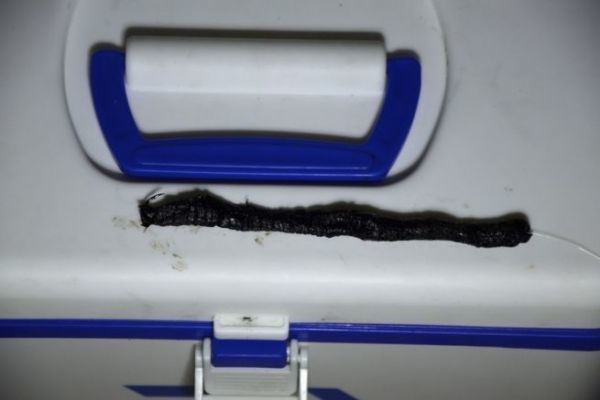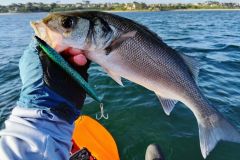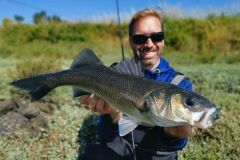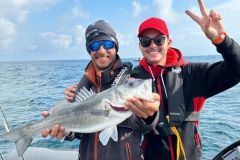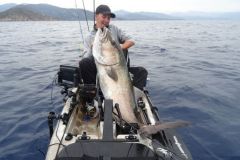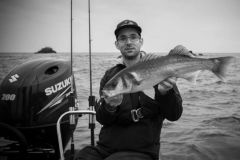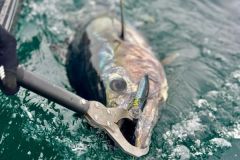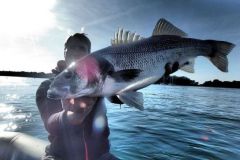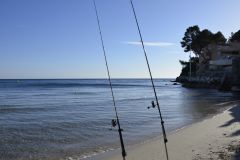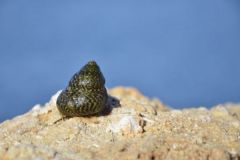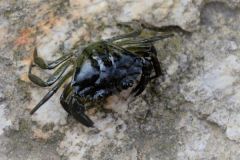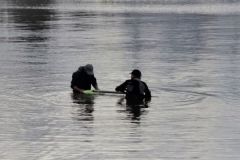Arénicole, worm or black worm
The areca worm is also known as a verrot, black worm or mud worm. It is a rather imposing worm with two distinct parts. The body is three to five times larger than the end of the worm, which forms the tail. The arenicole is a hairy worm. In fact, on each side of the body are hairs that enable it to move around in the sand.
The arenicole can take on different hues. Black, pink or red, depending on the biotope and time of year. The average size of a sand lance on our coasts is around 10 centimeters. However, the northern variety can reach 30 centimetres in length.
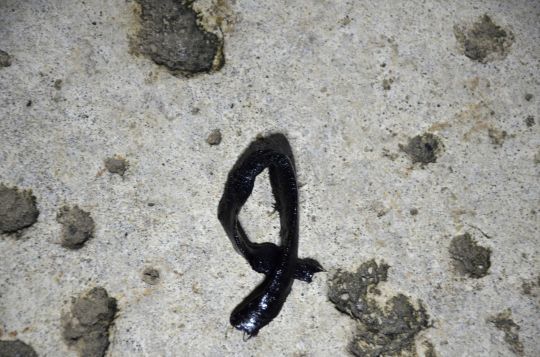
Harvesting and preserving arenicoles
This worm can be abundant on certain sandy beaches. It can also be found in estuaries on sandy-muddy bottoms. The arenicole is easy to spot thanks to the sand twists that correspond to its droppings. Once you've spotted them, simply dig them out with a fork, shovel or spade and dislodge the worms. Can be harvested all year round.
The arenicole is a fragile worm. To preserve them, you can store them in a bucket of fresh or oxygenated water. Be careful not to mix damaged and healthy worms, otherwise you'll find all the worms dead.
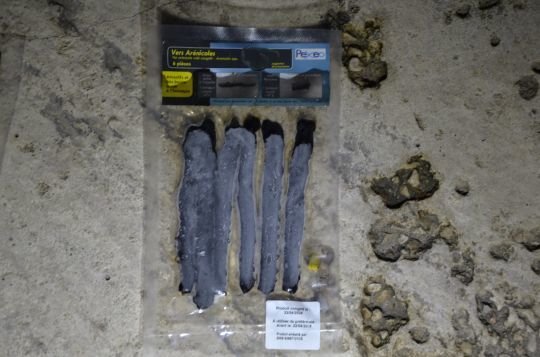
The areca can also be frozen. This bait can be found at many fishing retailers, either live or frozen.
Fishing with arenicoles
Arenicoles are highly prized baits for surfcasting and landing. This scented worm is very popular with gilthead bream, sea bass and various flatfish. The arenicole seems to be more effective when the waters start to cool and is a very popular bait in winter.
This worm can be used in all biotopes, from the shore or from a boat. A fine needle is recommended for easier hooking. Long shanked hooks will give a better presentation of the bait. You can also present several areicola hooked through the head for a more voluminous bite.
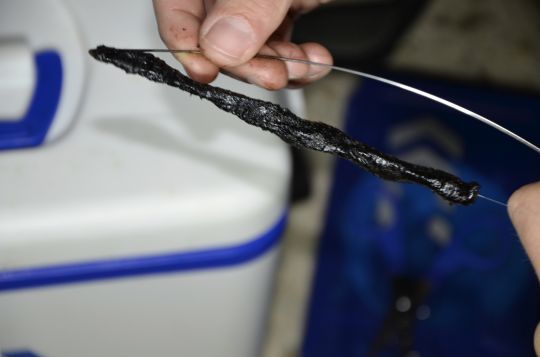
Note that arenicola releases an iodized orange liquid that can stain your hands and clothes.
